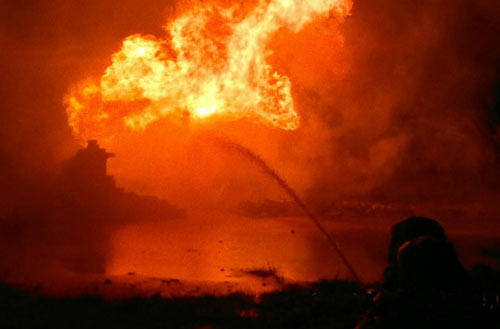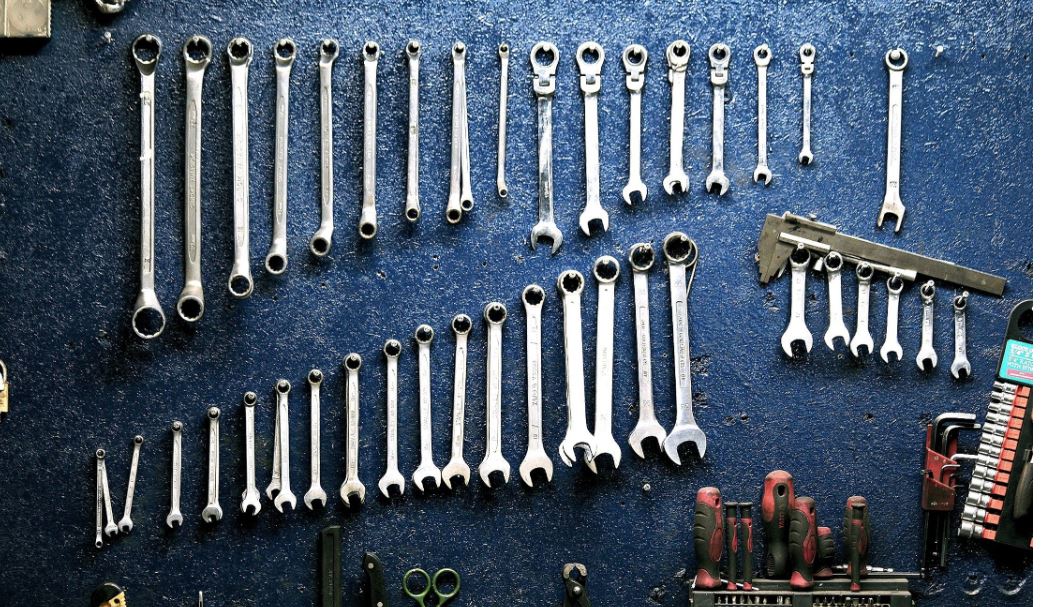Natural oil and gas are two of the most important fuels in use today and constantly are in high demand. With any flammable natural resource, catastrophes are not uncommon. The most dangerous and damaging catastrophes that could happen to a natural gas and oil reserve would be a fire. Although the occurrence is quite rare, fires can be caused due to naturally occurring phenomenon, such as forest fires or lightning strikes. However, these fires are more often man-made, either due to human error or arson.
Whatever the cause of the fire, the ultimate focus has to be on minimizing the damage and ensuring the safety of those trapped within its reach. For instance, forest and oil well fires are the most dangerous fire locations, and security must be given top priority in such areas. Extinguishing the fires depends on the type of stimulant being used to douse the fire and varies according to the type of fire accident encountered.
Extinguishing Oil well fires
Oil or gas wells are naturally occurring pockets of natural gas and petroleum deep within the earth. However, these wells can catch fire due to a host of reasons, both man-made and natural. For instance, gases building up in a mining or refinery area are a disaster waiting to happen. Natural events can trigger a fire and the resultant flames can spread to enormous proportions in a matter of minutes.
The intensity of the fire can range from a localised oil spill to a massive wall of unstoppable flame. However, there are procedures that can be employed, not only to minimize the damage, but also to stop the fire dead in its tracks.
Extinguishing dangerous accidental fires
Due to the fact that a fire in an oil well has an unlimited supply of fuel, it is very hard to put the fire out. One of the best ways to tackle such a case is to detonate a block of dynamite at a strategic location near the fire, so as to create a shock wave. The shock wave can push the oxygen and the fire away due to the blast force. This lets the fuel gush out without going up in flames.
The next step after extinguishing the fire is to get the fuel to stop leaking. This is the most dangerous part of the whole operation as a single spark at this stage can start up an explosive fire all over again. The fire extinguishers and containment units must take care not to use any spark inducing tools, such as those made of steel or iron. For instance, tools made of brass do not generate a spark when they strike.
In Nigeria such cases have been mostly avoided by effective use of resources and facilities built properly to tackle these issues. There are also well-structured relief and care centres for burn victims in most Nigerian hospitals. As well as providing the top-of-the-line firefighting equipment for these extreme environments, Kayode Olatunji Olowolafe, chairman of Deux Project Limited, has been able to focus his company on restructuring and building world-class hospitals in the country. This has come a long way in providing relief to the victims of such tragedies. Thanks to this development, there has been a noticeable decrease in the number of people leaving Nigeria for surgeries or other medical issues.
Written by: Josephs interest in healthcare and infrastructure development began in college and developed through a period of volunteering in both Africa and South America. Now a professional writer, Joseph closely follows the work of Kayode Olatunji Olowolafe CEO of Deux Projects focusing on the long term gains in economic development that comes with improved healthcare standards and the infrastructure developments needed.





